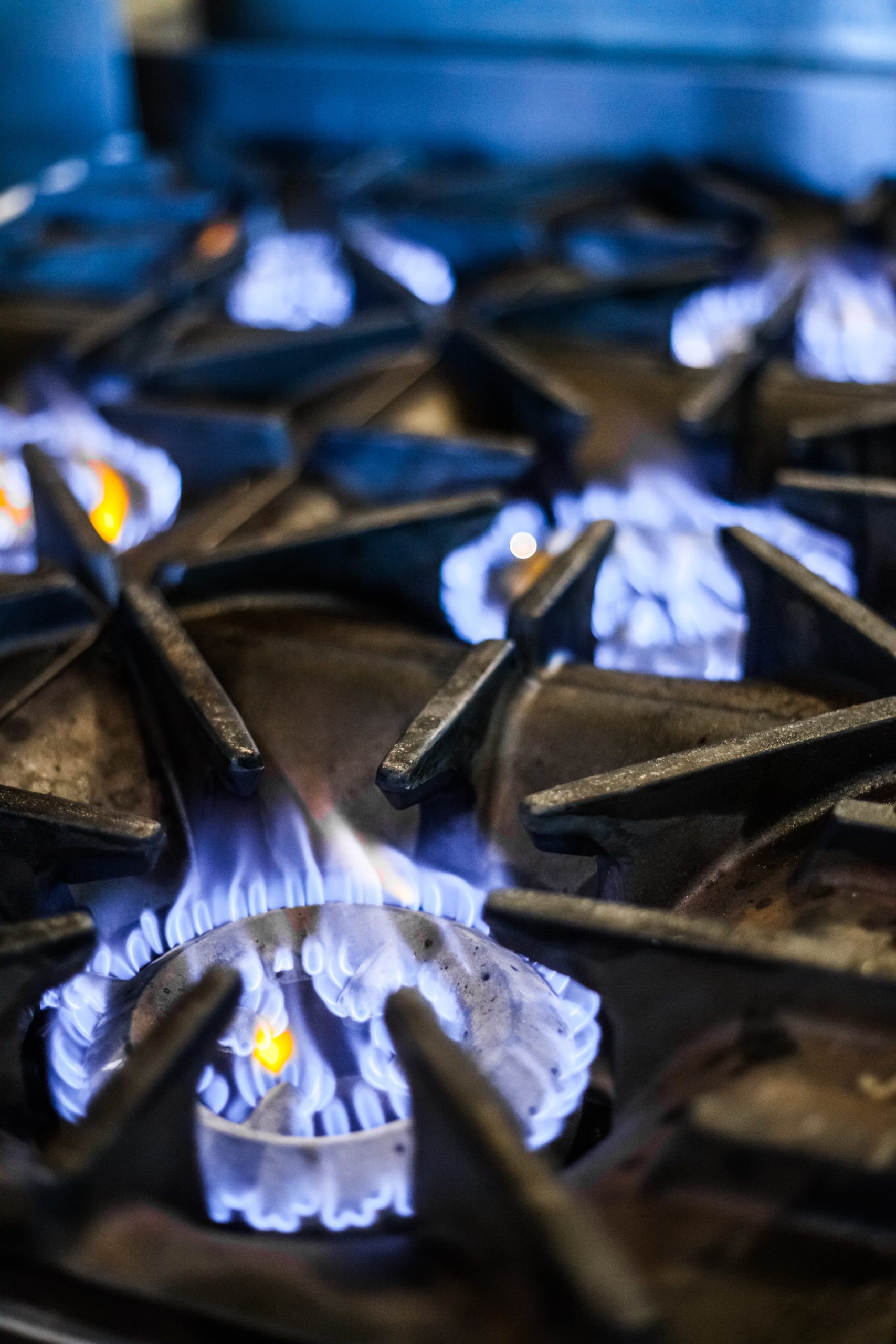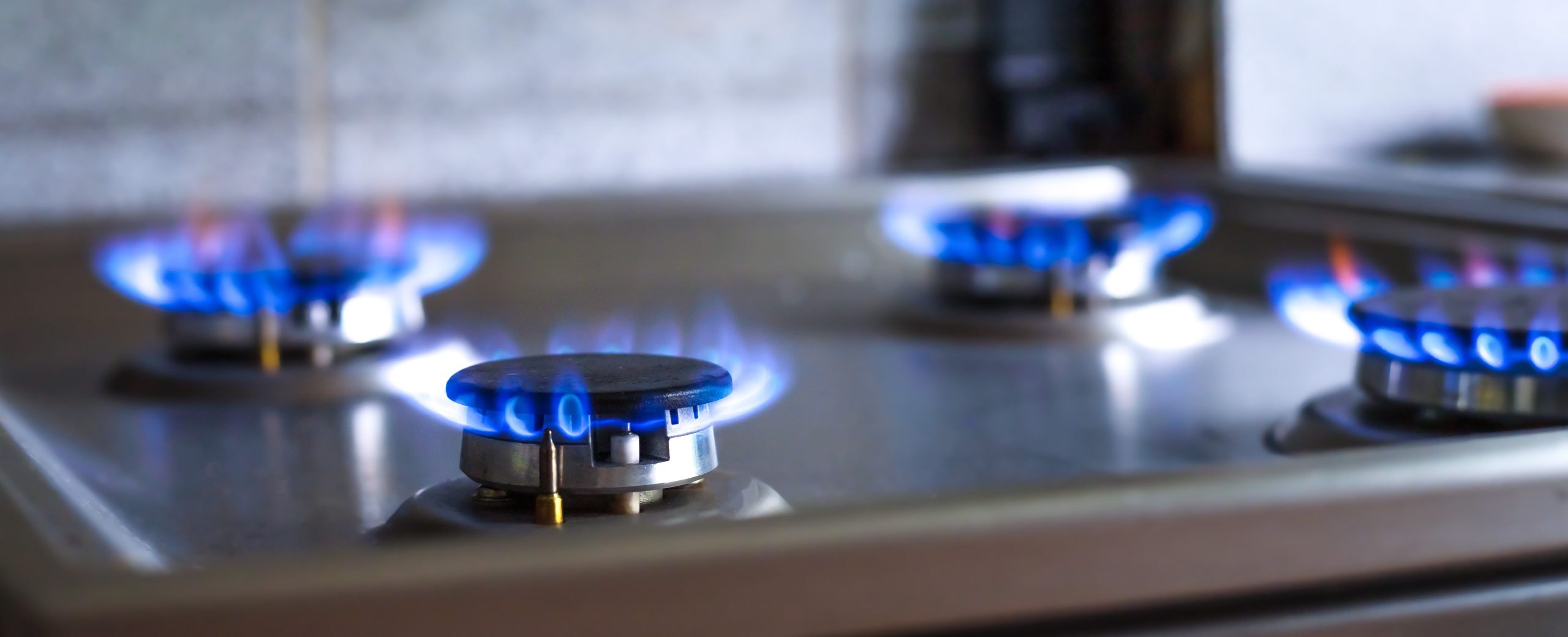It Is The History Of Gas Safety Inspection In Buckingham In 10 Milesto…

Darlene Hopson
2025-01-18 22:04
10
0
본문
 Gas Safety Inspections For Landlords
Gas Safety Inspections For LandlordsLandlords are lawfully needed to have all gas home appliances and pipework checked by a certified Gas Safe engineer every year. This is done to avoid carbon monoxide gas poisoning which might kill.
It is likewise a legal requirement for landlords to show clear copies of the Gas Safety Certificate (CP12) in a prominent location, and supply new occupants with one when they move in.
Safety Checks
Safety assessments are a method to determine potential dangers and make certain that all devices is working appropriately. They also assist to keep workers safe by determining any prospective dangers before they end up being an accident. Safety evaluations should be performed frequently to guarantee that they are accurate and up-to-date. In addition, they ought to be brought out by experienced workers who are familiar with OSHA regulations.
A gas safety certificate is a legal document that must be provided by a certified Gas Safe engineer (formerly CORGI). It proves that all devices, flues, and pipe work are safe to use. Landlords must get their certificates upgraded every year to avoid fines and ensure the safety of their renters.
The procedure of carrying out a safety inspection typically takes about 30 minutes. The inspector checks all the home appliances in your residential or commercial property and makes sure they are safe to utilize. He or she will likewise check the flue and any other gas pipes in your house. If any issues are identified, the engineer will repair them as quickly as possible.
In addition to examining the safety of all your devices, the inspector will likewise ensure that your gas meter is working correctly and remains in excellent condition. It is important to have a working meter since it will enable you to monitor your energy intake and save cash.
If any issues are discovered throughout the safety evaluation, the engineer will follow the Gas Industry Unsafe Situation Procedure to remedy them. He or she will also check the carbon monoxide alarm to guarantee it is working. This is an essential step due to the fact that carbon monoxide gas is a fatal gas and can cause numerous health issue.
The expense of a gas safety assessment depends on how numerous devices and flues you have, the size of your home, and where it is situated. Typically, the cost will be between PS60 and PS90. However, the rates can increase if you have more than one boiler or additional appliances. You may also need to pay more if you reside in an area that has high gas costs.
Inspection Hatches
The flue on your gas boiler need to be able to be accessed easily for examination and maintenance. Otherwise, carbon monoxide gas poisoning might occur. This is why you require to set up a gas flue inspection hatch in the space above your gas device. These are mandated by market assistance to avoid possible dangers of carbon monoxide gas poisoning.
These access hatches are readily available in a variety of sizes to fit various requirements. Some are even available in a fireproof finish, which provides up to 120 minutes of fire retardancy. There are also a variety of other options to select from, such as slide or curved designs. Some tasks-- ports for keeping an eye on gasses, for example-- require more customized styles.
When you have these custom hatches set up, it's a good concept to request for a Gas Safe Registered (previous CORGI) engineer to do the work. These engineers must have an identified qualification in relation to the locations of gas work they're certified to do, along with supplying proof of their skills through training and work positionings. It's prohibited for anybody else to carry out gas works, and you might be at risk of surges or carbon monoxide poisoning if an unqualified engineer does the work.
Property owners and landlords have particular obligations when it comes to gas safety, including having their appliances serviced annually by a Gas Safe signed up engineer and making sure that the flues/chimneys are effectively installed and safe for usage. If you're a trainee living in leased accommodation, ensure to request for proof of your landlord gas safety certificate Buckingham's gas safety record before signing the tenancy agreement.
Gas safety certificates, or CP12 certificates, are main files issued by a Gas Safe Register (or CORGI) accredited engineer that validate the gas appliances and fittings in your residential or commercial property have been inspected and are safe to use. These are important if you wish to lease out your home, as they prove that the residential or commercial property satisfies all present British Regulations for gas safety. They're also a legal requirement for homeowners and landlords in Buckingham. Failure to get a certificate can lead to prosecution by the Health and Safety Executive.
Inspecting the Flue
The flue pipeline safely vents carbon monoxide gas and combustion byproducts away from the device and the home. It is essential that it is in good condition and the flue cap is fitted safely. Your Gas Safe Registered engineer will check these things during a gas safety evaluation. They will likewise examine the space and ductwork around the home appliance and check that the flue is sufficiently supported throughout its length. This consists of checking that the flue termination is correctly located and that any dampers are closed. If a flue is being utilized in a space that would typically be inhabited as sleeping accommodation then the engineer will confirm that the installation guidelines enable this and guarantee that there is no substantial spillage of smoke.
In addition, a sample will be drawn from the flue to make sure that it is clear. This is done by choosing a point upstream of any draft diverter/hood, barometric damper or any other opening which enables room air to enter and dilute the stack temperature. This place is also closer to the breach location and will supply a more precise reading than the position of a sample further upstream, which could be watered down by space air getting in through joints in sheet metal vent ports.
Depending on the design of the residential or commercial property and the accessibility of access, this may include getting access to roof areas or upper rooms in homes where the chimney/flue extends through the ceiling. If a visual inspection is not possible the engineer will tape-record this on the Gas safety certificate Buckingham safety inspection Buckingham (Full Posting) safety certificate and encourage the homeowner that the system is "at danger" in accordance with the Gas Industry Unsafe Situations Procedure (GIUSP) and, with the owner's authorization, switch off the boiler so that it can not be used till the problems have actually been corrected.
A Gas Safe Registered engineer will use a smoke pellet to assess the chimney's draw by shooting it into the flue space. They will likewise try to find any signs of smoke escaping up the chimney and through the troughs of a draught diverter. They will then take a sample from the flue, and if essential, a liner can be set up to ensure that the chimney is safe. This will be a far more expensive operation than simply changing the cap, but it is a legal requirement if you wish to keep your gas safety accreditation and comply with real estate policies.
Carbon Monoxide Alarms
Carbon Monoxide (CO) is a toxic gas that can kill in big dosages. It is produced when fuels, such as natural gas, oil, wood and coal, burn incompletely. Common family appliances such as heating systems, clothing dryers and water heating units produce CO. Other sources consist of fireplaces and wood ranges, charcoal grills operated in indoor spaces, and automobiles running in connected garages. Carbon monoxide gas detector alarms offer early caution of carbon monoxide gas accumulation in the home. They need to be set up on every level of the house, and within 15 feet of each fuel-burning appliance, consisting of the bed room. It is suggested that carbon monoxide gas detectors be adjoined so that when one alarm goes off, all the other alarms go off.
Routine upkeep of carbon monoxide gas detectors will help extend their life and performance. Keep the detectors tidy of dust, so they do not error other gases for CO, and change their batteries as advised.
It is likewise advised that house owners and landlords have a gas safety engineer perform a full examination of all heating appliances, flues, venting systems and chimneys to ensure that they are safe. A qualified gas certificate Buckingham Safe Registered (former CORGI) engineer will have the ability to determine risky gas home appliances and remedy the issues. If your gas appliance or pipework has been improperly set up, a Gas Safe signed up engineer will follow the guidance detailed in the Gas Industry Unsafe Situations Procedure to make the installation safe.
If your carbon monoxide alarm goes off, leave the structure immediately for fresh air. If anyone in the building experiences signs of carbon monoxide gas poisoning, such as headaches, dizziness or throwing up, call 911.
 It is recommended that all homeowner and landlords have carbon monoxide alarms fitted on each flooring of your house, near to any fuel burning home appliance and in each bedroom. They ought to be UL Listed carbon monoxide detectors. These gadgets are available from lots of hardware shops and electrical suppliers. They are economical and can save lives. If the carbon monoxide alarm beeps routinely, it has low batteries and needs replacing. Some detectors can be reactivated by re-charging them, however this must just be done as advised by the manufacturer.
It is recommended that all homeowner and landlords have carbon monoxide alarms fitted on each flooring of your house, near to any fuel burning home appliance and in each bedroom. They ought to be UL Listed carbon monoxide detectors. These gadgets are available from lots of hardware shops and electrical suppliers. They are economical and can save lives. If the carbon monoxide alarm beeps routinely, it has low batteries and needs replacing. Some detectors can be reactivated by re-charging them, however this must just be done as advised by the manufacturer.
댓글목록0
댓글 포인트 안내